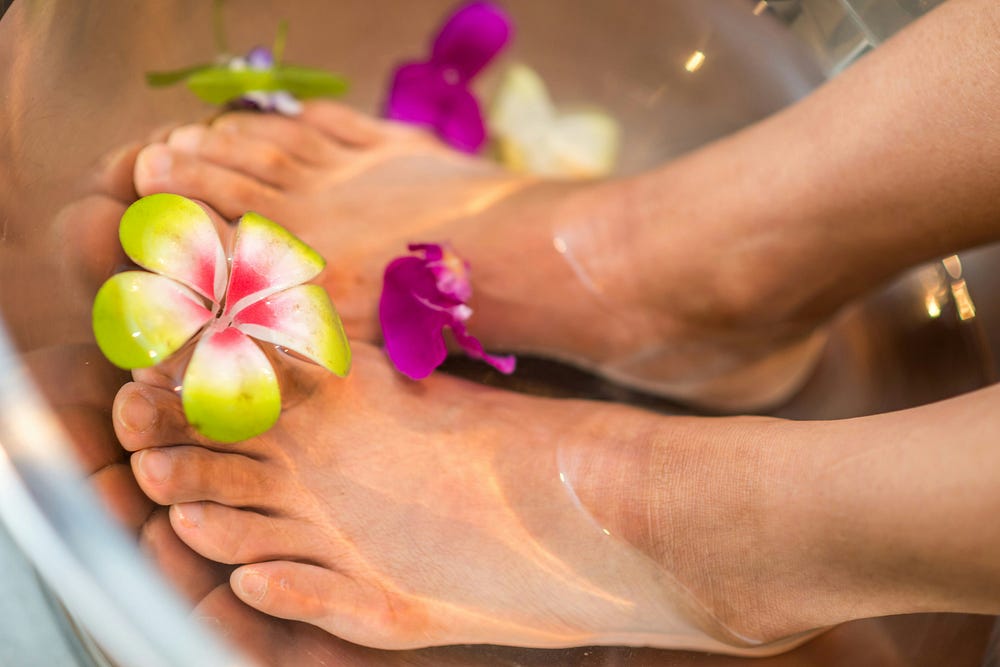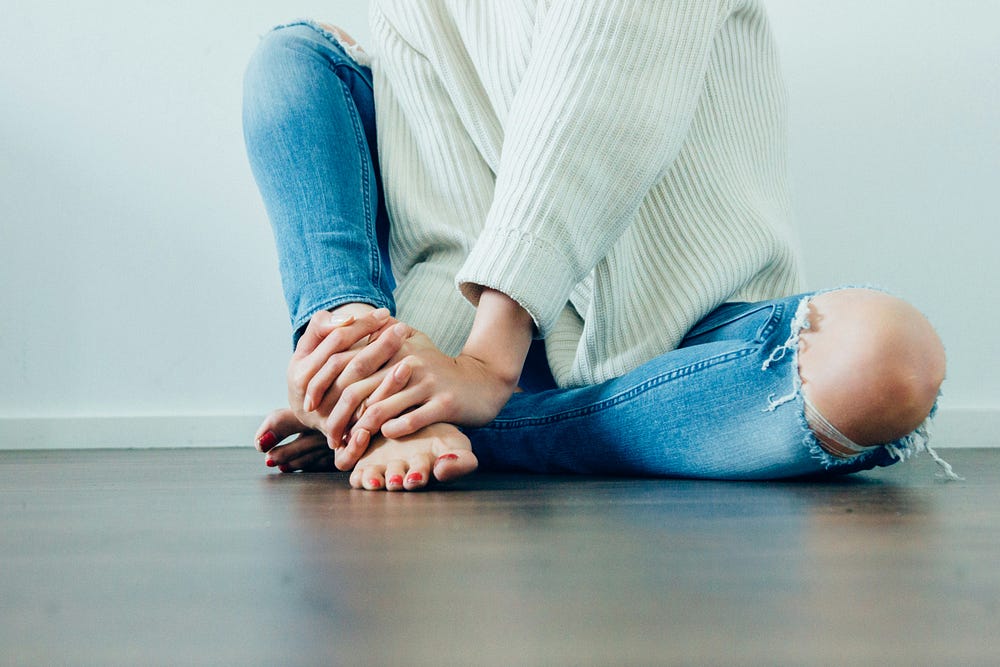On Tiptoes: The Secret Science of High Heels and Female Health
Editorial 🖊
High heels have long stood as a symbol of fashion, sophistication, and femininity. From the red carpets to the boardrooms, these iconic pieces of footwear have carved a permanent niche in women’s wardrobes worldwide. Despite their glamorous allure, the impact of high heels on female health is a topic of ongoing debate and research.

This article delves into the biomechanical, physiological, and psychological effects of wearing high heels, aiming to unveil the complex relationship between these fashionable staples and the well-being of women who wear them.

Over centuries, high heels evolved from symbols of aristocratic power to essential accessories in women’s fashion. By the 18th century, they were firmly entrenched as a staple in women’s wardrobes, evolving with changing fashions and societal attitudes. Today, they are worn primarily by women, with their designs reflecting a blend of modern aesthetics and traditional influences.

High heels disrupt this process, forcing the foot into a nearly tiptoed position. This alteration shifts a disproportionate amount of weight onto the balls of the feet and toes, while the ankle and leg muscles adjust to maintain balance. The resultant strain not only affects the feet but also alters the alignment of the entire lower body, leading to potential changes in posture and gait that can have ripple effects throughout the musculoskeletal system.

More seriously, the unnatural position of the foot in high heels increases the risk of ankle sprains from falls or twists. This risk is compounded by the reduced stability that comes with narrower heel bases and taller heel heights, making even minor missteps potentially harmful.

Additionally, the unnatural alignment of the foot can accelerate the development of osteoarthritis in the knee joints and exacerbate lower back pain due to altered posture dynamics. Studies have also pointed to an increase in the incidence of foot deformities like hammertoes and bunions in long-term high-heel wearers.

However, this comes with societal pressures where the expectation to wear high heels in certain professions or social settings can negate the voluntary aspects of their use, leading to a complex dynamic between personal choice and societal norms.

Incorporating shoe inserts or orthotics can also alleviate pressure points and provide better support. For occasions where style can be flexible, alternatives such as stylish flats, wedges, or platform shoes offer comparable elegance without health costs.





